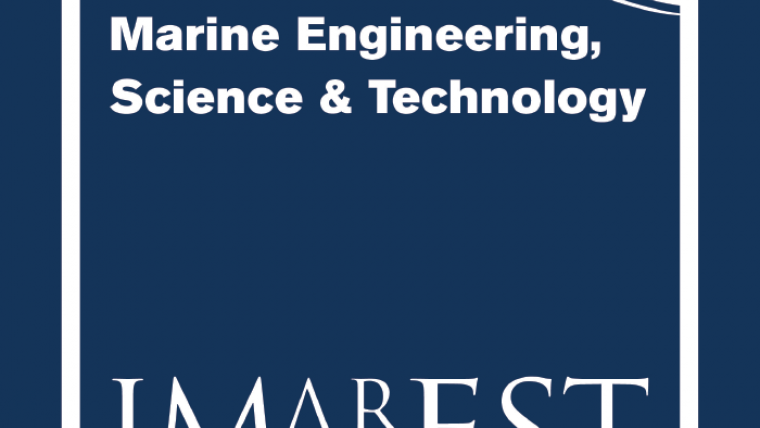New Official Recognition for Hydrographers
The IMarEST has launched a new hydrography descriptor for its Chartered Marine Scientist register to allow hydrographers to distinguish themselves by using the letters “CMarSci (Hydrography)” after their name. No such designation has previously existed and the IMarEST is the only organisation that can offer the Chartered Marine Scientist register. The hydrography post-nominal has been introduced to reflect the increasing importance of the discipline in allowing us to manage future challenges.
Every human venture in, on or under the sea depends on hydrographic knowledge. That is a knowledge of the nature of the seafloor, its depth and any hazards that may lie beneath, as well as an understanding of the tides and currents. Obtaining this information is fundamental to progress within the marine sphere.
It is often said that we know more about the surface of Mars and the Moon than we do about our own planet. We really only have a detailed map of about 15% of the ocean floor at present and hydrographers are our key to not only growing this knowledge but, in doing so, ensuring the preservation of the human race.
Topography of the seafloor
The topography of the seafloor determines weather patterns, currents and can provide protection against coastal hazards such as approaching tsunamis. Mapping the sea floor is crucial for us to be able to navigate safely, build offshore structures including renewable energy generators, find natural resources, use fish stocks sustainably, lay communication cables and conduct search and rescue missions, amongst many other crucial activities.
The ocean is already a hectic environment, teeming with activity. And as our global climate changes, we face new challenges that mean the oceans will only get busier. The work of our hydrographers is central to facing these challenges.
As climate change results in more extreme weather, the prediction of natural disasters such as earthquakes, floods, tsunamis will become increasingly important, as will the development of early warning systems that can reduce the impact of such events.
Equally, these events may change the coastal landscape, rendering navigation hazardous around them until they can be surveyed again by hydrographers and consequently mapped. Simulations of rising sea-levels could also provide insight into where soon be no longer safe for navigation, allowing us to move our harbours and ports in good time, as well as improving coastal defences against this rise in other areas.
Flora and fauna across the oceans
As the temperature and chemistry of the oceans changes, so will the ecosystems they support. Hydrographic surveys will be vital in identifying the coverage of flora and fauna across the oceans and how they change over time.
Another important future application will be for the construction of a greater variety of offshore structures and even entire floating cities. For such creations to be feasible, a detailed understanding of the ocean floor is paramount. We will need to know which areas are safe to anchor to, build on and run cables through, as well as whether or not there are enough resources available and if the structures will be able to withstand variable weather.
“I am delighted that our hydrographers can now demonstrate their unique and hugely important expertise through the CMarSci (Hydrography) post-nominal. We will also, over the course of the coming year, recognise oceanographers and metocean experts, and cartographers and navigators in a similar way with added descriptors to the CMarSci and CMarTech registers respectively.” said David Loosley, chief executive, IMarEST.














